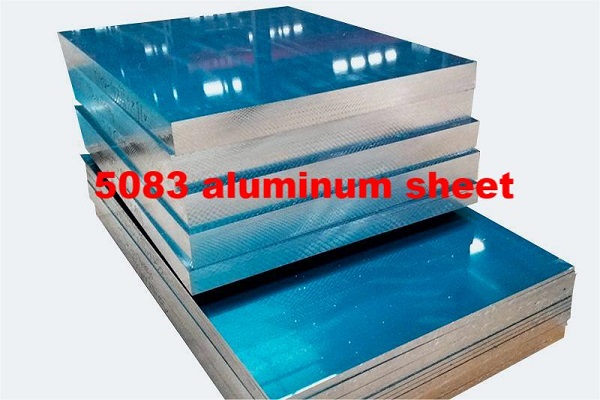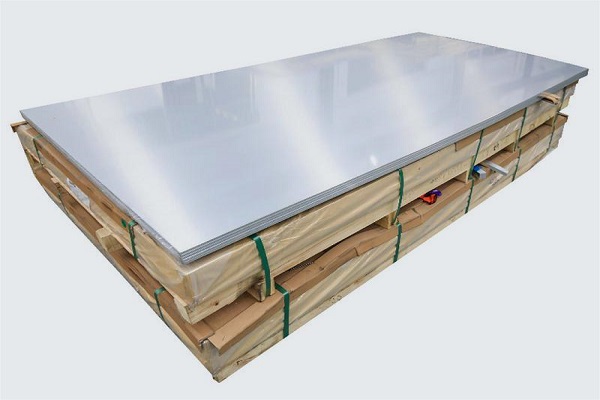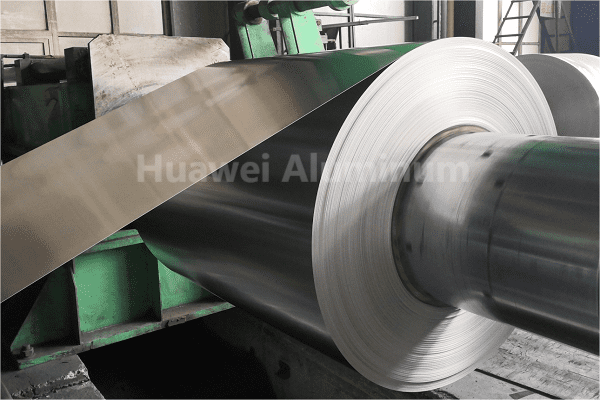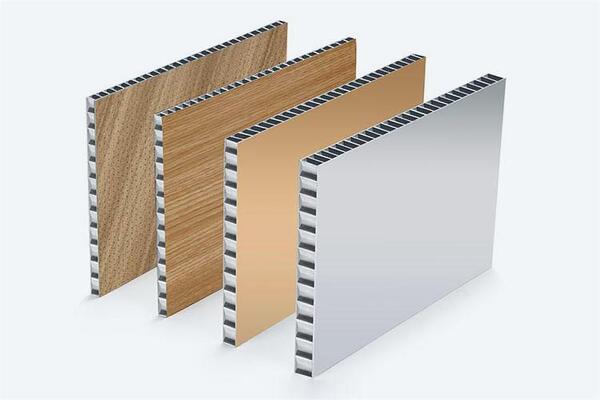アルミニウム 6061 そして 5083 are both popular aluminum alloys used in various applications. Here are the key differences between the two:
| 財産 | 6061 アルミ板 | 5083 アルミ板 |
|---|---|---|
| Alloy Composition | アルミニウム, マグネシウム, シリコン | アルミニウム, マグネシウム, マンガン, chromium |
| 強さ | Moderate strength | High strength |
| 降伏強さ | その周り 40,000 psi (276 MPa) | その周り 30,000 psi (207 MPa) |
| 抗張力 | その周り 45,000 psi (310 MPa) | その周り 45,000 psi (310 MPa) |
| 耐食性 | 優れた耐食性 | 優れた耐食性 |
| Application Areas | 構造コンポーネント, automotive parts, general machining, 等. | Marine applications, shipbuilding, offshore structures, 圧力容器, 等. |
| 溶接性 | Good weldability | Good weldability |
- Alloy Composition:
- アルミニウム 6061: It is an alloy composed of aluminum, マグネシウム, とシリコン. It has good formability, 溶接性, 耐食性.
- アルミニウム 5083: It is an alloy composed of aluminum, マグネシウム, and traces of manganese and chromium. It is known for its exceptional corrosion resistance and high strength.
- 強さ:
- アルミニウム 6061: It has good strength properties, with a yield strength of around 40,000 psi (276 MPa) and a tensile strength of approximately 45,000 psi (310 MPa). It is commonly used in structural applications.
- アルミニウム 5083: It is a high-strength alloy, with a yield strength of around 30,000 psi (207 MPa) and a tensile strength of approximately 45,000 psi (310 MPa). It is especially valued for its strength in marine environments.
- 耐食性:
- アルミニウム 6061: It has decent corrosion resistance, particularly when compared to other aluminum alloys. It forms a protective oxide layer on its surface, which helps resist corrosion.
- アルミニウム 5083: It offers excellent corrosion resistance, particularly in saltwater and marine environments. It is highly resistant to corrosion caused by seawater and other aggressive chemicals.
- Application Areas:
- アルミニウム 6061: It is commonly used in a wide range of applications, including structural components, automotive parts, 自転車フレーム, electrical fittings, and general machining applications.
- アルミニウム 5083: It is primarily used in marine applications, such as shipbuilding, boat hulls, offshore structures, and other components exposed to saltwater and harsh environments. It is also utilized in pressure vessels, 輸送機器, and architectural elements.
- 溶接性:
- アルミニウム 6061: It has good weldability and can be easily welded using various techniques, including TIG (Tungsten Inert Gas) welding and MIG (Metal Inert Gas) 溶接.
- アルミニウム 5083: It has good weldability, particularly when using the appropriate filler material. It is commonly welded using the MIG welding process.









返信を残す